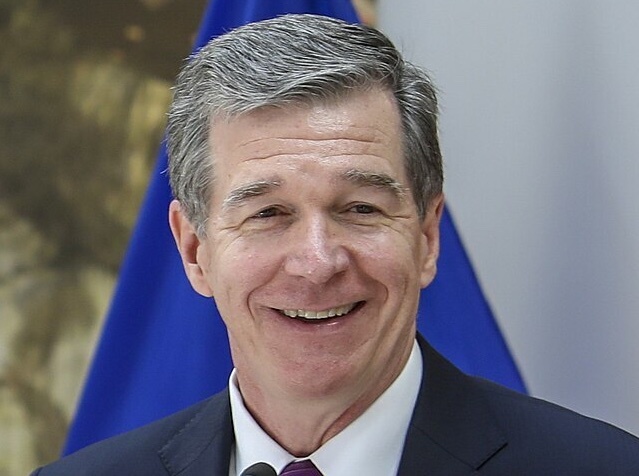Tiana Lowe reports for the Washington Examiner on the latest evidence that the federal government’s spending trajectory is unsustainable.
Just 10 months into the fiscal year, our budget deficit has already surpassed the totality of that of 2018. Currently at $867 billion, the federal government’s 2019 budget deficit is slated to surpass the $1 trillion mark for the first time ever.
Coincidentally, the nonpartisan Congressional Budget Office is out with a new summary of the long-term budget outlook, and needless to say, the results are horrifying.
We already know that our 78% debt-to-GDP ratio, currently at its highest rate since World War II, is slated to nearly double in the next 30 years, nearly all of which comes from Social Security, federal healthcare, and net interest spending increases. But what the CBO quantifies in horrific detail is what changes must be made to halt such an increase.
For our debt to remain at its current percentage of GDP until 2049, the government would either have to increase its annual revenue as a share of GDP by 11% each year or decrease spending by 10%. For it to hit its 50-year average of 42% of GDP, the government would have to increase its revenues as a share of GDP by 16% each year or decrease spending by 15%.
Both defense and nondefense discretionary spending shares are projected to decrease in that time, meaning that the only obvious place to cut spending would be the entitlements driving our interest bill. But we’re supposed to believe a Democratic Party eager to demand “Medicare for all” would cut a dollar from Medicare spending, or that Republicans reliant on boomer votes and proposing tacking on paid parental leave to Social Security would hamper it at all? Sure.

